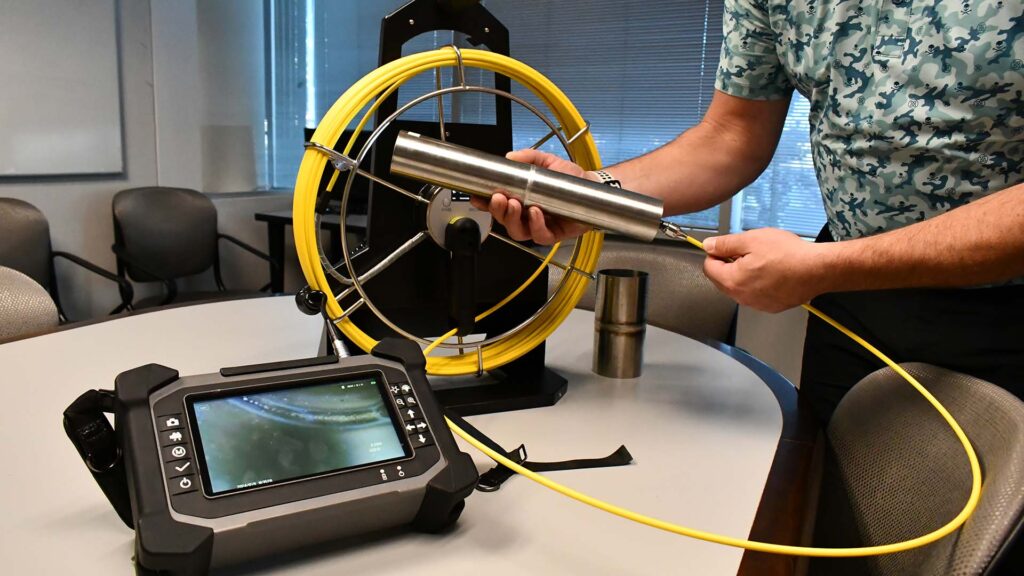Concrete is tough, no doubt about it. But even the toughest floors start to show age. Cracks appear. Surface flakes off. Stains settle deep. And suddenly, the floor that once looked solid starts to look worn and uneven. You might think it’s time to tear everything out and start over.
But I’m here to tell you that’s not always the best move. Instead of replacing your concrete floor, you can resurface or repair it and make it look almost new again. I’ve studied the exact steps professionals use, and there are smart, simple ways to bring old concrete back to life.
Don’t Jump Straight to Replacement
First things first, a damaged concrete floor doesn’t always mean you need a new one. That’s an expensive route. If the base is stable, there’s a much easier fix. You can focus on effective ways to resurface and repair concrete floors that save time and money while restoring strength and appearance.
This is where the right process matters. Fixing the top isn’t just about looks. It also makes the surface stronger and helps protect the floor from future wear. That’s why resurfacing is more than cosmetic it can actually extend the life of your floor.
Surface Prep Changes Everything
Before any repair or resurfacing begins, preparation is the key. Skipping this step is where most DIY fixes go wrong. You have to clean the concrete thoroughly, removing grease, dust, loose debris, and anything that might prevent the new layer from sticking.
Professionals often use grinders or acid-based cleaners, depending on how dirty or coated the concrete is. If there’s any old paint or sealer left, it must go. Only a clean, dry surface gives you a bond strong enough to last.
Small Cracks Call for Fast Fixes
Let’s start with hairline cracks. These might not seem serious, but if ignored, they let moisture seep in and widen the damage. Experts usually fill them using liquid crack fillers that seep deep into the surface and harden without shrinking.
Once the crack is sealed, it gets smoothed out to match the floor. If you’re resurfacing afterward, the patch blends right in. It’s a quick fix that adds years to the floor’s strength.
Deep Cracks Need More Work
If a crack is more than a quarter-inch wide, it’s not just cosmetic. It likely means the concrete moved. Here, pros use a heavier patching mix. This usually includes sand, cement, and a bonding agent that grips the old concrete tightly.
After filling, they often score or groove the patch slightly to match the floor’s pattern or joint lines. Once dried, the area is ground smooth before the full surface coat is applied.
Fixing Pits and Surface Spalls
Sometimes, parts of the surface break off, leaving pits or rough spots. This happens when moisture, chemicals, or salt eat into the concrete. The fix here involves resurfacing compounds that can be spread across the surface like a skim coat.
These compounds bond with the old floor and cover imperfections. After curing, they leave a smooth surface that can handle foot traffic, carts, or even vehicles again depending on the product used.
How Resurfacing Really Works
Now let’s get into the actual resurfacing process. It’s not just a coat of paint. You’re applying a thin layer of specialized concrete mix that bonds to the old floor. This new surface covers stains, patches, and repairs while giving the floor a fresh finish.
Before applying it, the mix is blended with water or bonding agents. Then it’s poured or squeegeed over the surface, spread evenly, and finished with a trowel. Depending on the finish you want, you might also broom it for texture or polish it for shine.
Self-Leveling Compounds
In spaces like basements or garages, uneven floors are common. Self-leveling overlays fix this fast. These mixes flow easily and level out without troweling, filling low spots and smoothing the surface in one go.
It sounds simple, but timing is everything. The mix begins to set quickly, so the expert has to pour, spread, and finish before it dries. If done right, you get a perfectly even floor that’s ready for anything.
Decorative Overlays Add Style
Resurfacing doesn’t just repair it upgrades. A plain gray floor can become a polished surface, stained concrete, or even mimic tile or stone. Decorative overlays combine style and function. They’re especially popular in commercial spaces and homes with exposed concrete floors.
Some use color additives, others stamp patterns into the surface while it’s still soft. The key is to do it while the material is wet, so the texture and design lock in as it cures.
Dealing With Moisture Problems
One common issue many people ignore is moisture rising from beneath the concrete. It pushes through, damages coatings, and leads to future cracks. Before resurfacing, experts always check for moisture levels using test kits or meters.
If there’s too much, a moisture barrier must go down first. This barrier keeps water vapor from lifting the new surface and helps ensure the repairs last longer, especially in basements or outdoor areas.
Finishing With a Seal Coat
Once the floor is resurfaced and cured, it’s not done. A seal coat adds the final protection. It keeps water, oil, dust, and stains from getting in. It also makes the floor easier to clean and helps preserve the finish.
Experts choose different sealers based on how the floor will be used. For high-traffic areas, they may use a thicker, solvent-based sealer. For indoor areas, water-based sealers are more common and give a natural look.
Anti-Slip Additives for Safety
Some sealers include anti-slip additives, especially for garages, workshops, or outdoor patios. These materials, like fine sand or polymer beads, give grip without ruining the finish. It’s a small step, but it adds big safety value especially where water is involved.
This is why sealers aren’t just optional. They’re part of a good repair strategy. Skipping them means your surface won’t stay protected for long.
Maintenance Makes the Difference
Resurfacing is one thing. Keeping it looking good is another. Experts always recommend regular cleaning, avoiding harsh chemicals, and using soft pads or brooms. For commercial floors, you may need to reseal every couple of years, depending on the traffic.
The better you maintain the surface, the longer your repair lasts. That’s how you get the full value out of resurfacing.
FAQs
How long does resurfacing a concrete floor take?
Most resurfacing jobs are finished in a day, but larger areas or deep repairs might take longer.
Will the cracks come back after repair?
Not if fixed properly. Filled and sealed cracks usually stay closed unless the slab keeps shifting.
Can I use resurfaced concrete outdoors?
Yes, resurfacing works on patios, driveways, and walkways. Just use the right weather-resistant materials.
Do I need special tools to resurface concrete?
Yes. Grinders, trowels, and mixing drills are common. Experts use them for clean, even results.
What happens if I skip sealing after resurfacing?
Without a sealer, your floor may stain, wear faster, and absorb water shortening its lifespan.
Conclusion
Now that you’ve seen the proven ways to resurface and repair concrete floors, you know replacement isn’t the only option. If the structure is sound, resurfacing saves money, avoids mess, and makes your floors feel new again. Whether it’s cracks, pits, or just an old finish, there’s a repair method that fits and with the right steps, it actually lasts.
You don’t need to live with chipped, stained concrete. With smart preparation and the right material, your floor can bounce back better than before. And the best part? You don’t have to tear everything apart to get there.



